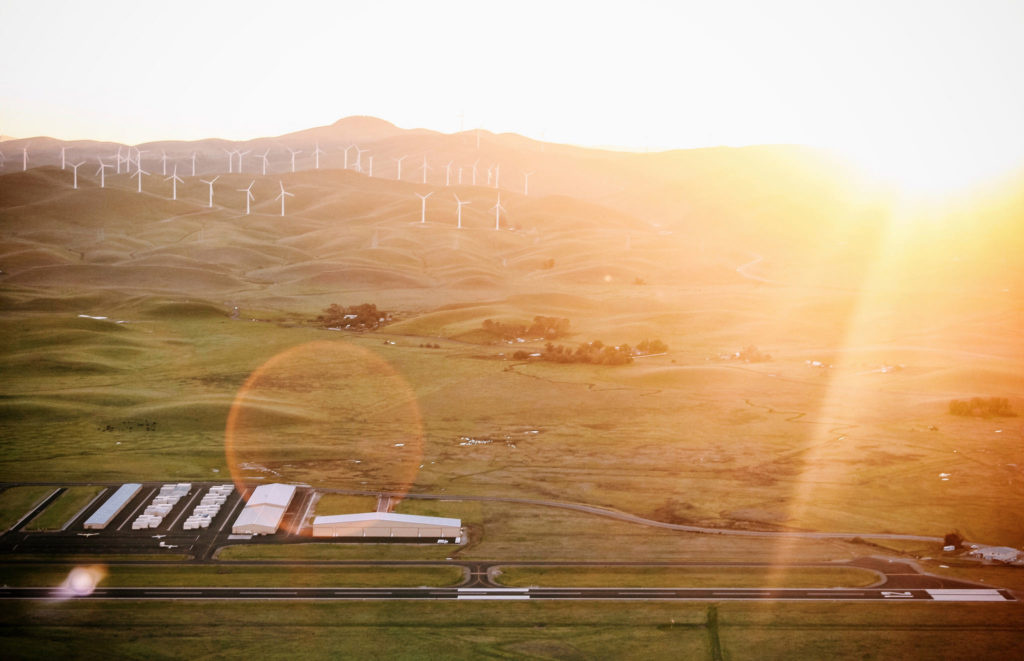An expansion of the 3 Rs of sustainability (Reduce, Reuse and Recycle) presented by the Ellen MacArthur Foundation is gaining traction. It is called the Circular Economy, and its goal is to “keep products, components and materials at their highest level of use and value for as long as possible.” The concept makes a distinction between technical and biological cycles.
The best example of a circular economy is nature, where everything is reused during a life cycle. For example, if a fruit falls from a tree and goes bad, it becomes compost for plants. The circular economy system joins various concepts created over the past century, like regenerative design, performance economy, cradle to cradle, industrial ecology, biomimetics, blue economy and synthetic biology.
Below are the main concepts behind the Circular Economy.
WHAT IS CIRCULAR ECONOMY?
Circular economy consists of a continuous positive development cycle that preserves and refines natural capital, optimizes the production of resources, and minimizes systemic risks by managing finite supplies and renewable flows.
PRINCIPLES
According to the Ellen MacArthur Foundation, in a truly circular economy consumption happens only through biological cycles. In a biological cycle, natural life processes regenerate materials, both through human interaction and on their own. In a technical cycle, as long as there is enough energy, human intervention gathers materials and reproduces this order within a limited timeframe. The concept is based on three principles:
Principle 1: Preserve and increase natural capital, controlling finite supplies and balancing the flow of renewable resources.
When there is a need for resources, the circular system carefully selects them and, whenever possible, employs technologies and processes that use renewable resources or present the best performance.
Principle 2: Optimize the production of resources by making products, components and materials constantly circulate at the highest level of use, in both the technical and biological cycles.
According to the Foundation, “this means creating designs with remanufacturing, reforming and recycling in mind, so that components and materials keep circulating and contributing to the economy.”
Principle 3: Foster the efficiency of the system, revealing negative externalities and removing them from projects.
To the Foundation, “this includes reducing the damage to products and services that people need, such as food, mobility, housing, education, health and entertainment, and managing externalities, like the use of land, air and water, sound pollution, the release of toxic substances, and climate change.”





